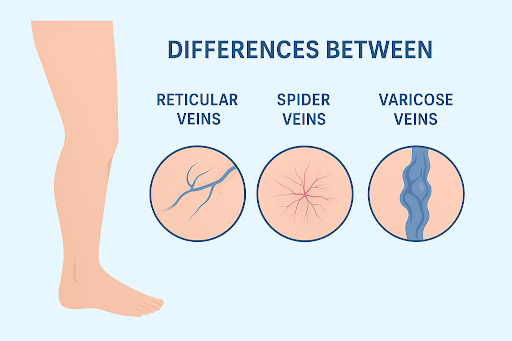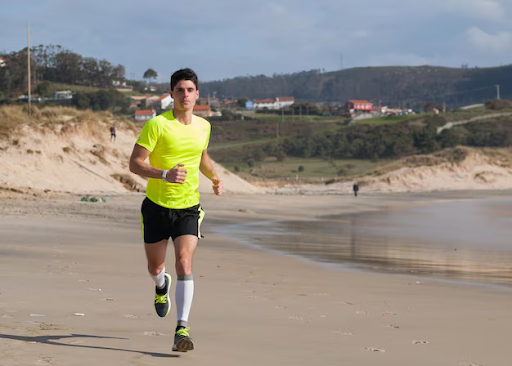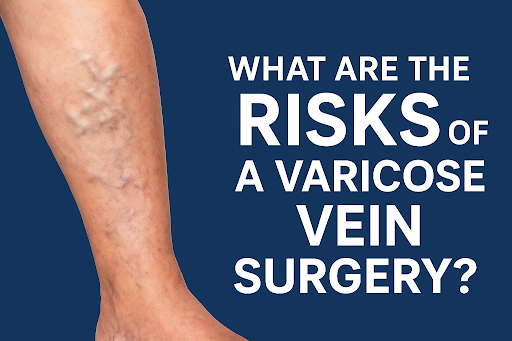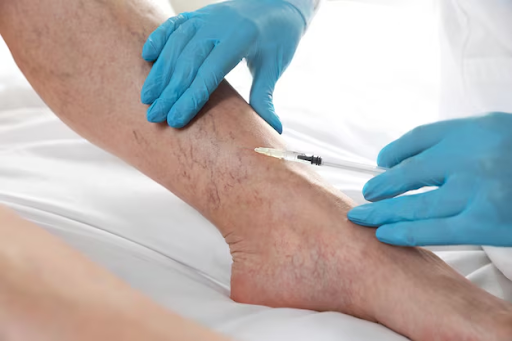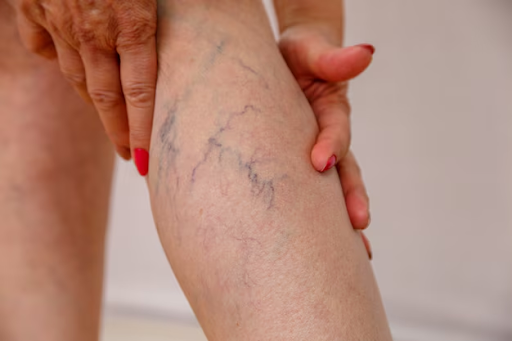When people notice visible veins on their legs, they often assume they are all the same. However, not all vein problems are created equal. Reticular veins, spider veins, and varicose veins are three distinct conditions that can look and feel different. Understanding the differences between them can help you take the right steps toward proper diagnosis and treatment.
In this blog, we’ll break down what sets each condition apart, their symptoms, and when it’s time to see a vein specialist for personalized care.

What Are Reticular Veins?
Reticular veins are sometimes referred to as “feeder veins.” They are bluish or green veins that lie beneath the surface of the skin. While they are more noticeable than normal veins, they usually don’t bulge above the skin like varicose veins.
Characteristics of Reticular Veins
- Typically measure between 1–3 mm in diameter.
- Often appear as bluish or green lines just under the skin.
- Commonly found on the back of the legs or behind the knees.
- Can cause mild discomfort such as aching or tenderness.
Reticular veins are not usually considered a serious medical concern on their own. However, they can serve as underlying veins that feed into spider veins, making both conditions appear together.
Understanding Spider Veins
Spider veins are smaller, web-like clusters of red, blue, or purple veins visible on the surface of the skin. They are often considered more of a cosmetic issue but can sometimes cause burning or itching sensations.
Characteristics of Spider Veins
- Tiny, thread-like veins less than 1 mm in size.
- Appear in patterns resembling tree branches or spider webs.
- Commonly found on the legs, ankles, and sometimes the face.
- Usually painless but may indicate poor circulation when widespread.
If you’re struggling with noticeable spider veins that affect your confidence or comfort, consulting with a vein specialist Bethlehem can provide you with modern treatment options. Specialists in this area use minimally invasive procedures like sclerotherapy or laser therapy to improve both appearance and vein health.
What Makes Varicose Veins Different?
Varicose veins are the most well-known and often the most symptomatic of vein issues. Unlike reticular or spider veins, varicose veins are large, twisted, and bulging veins that rise above the surface of the skin. They develop when vein valves weaken, allowing blood to pool and create pressure.
Characteristics of Varicose Veins
- Large, bulging veins that can look rope-like.
- Typically blue, dark purple, or flesh-colored.
- Most common in the legs and feet.
- Associated with symptoms such as heaviness, swelling, cramping, and pain.
Unlike spider or reticular veins, varicose veins often signal a deeper issue known as chronic venous insufficiency. Left untreated, this condition may lead to skin changes, ulcers, or more serious circulatory problems.
Key Differences Between Reticular, Spider, and Varicose Veins
While these three vein conditions are related, each has its own defining features:
Size and Appearance
- Spider veins are the smallest and appear like fine lines on the skin’s surface.
- Reticular veins are medium-sized, bluish, and beneath the skin.
- Varicose veins are the largest, bulging, and most visible.
Symptoms
- Spider veins may cause mild irritation or be purely cosmetic.
- Reticular veins can create dull aches or tenderness.
- Varicose veins often cause heaviness, swelling, and pain.
Health Concerns
- Spider veins are mostly cosmetic but may hint at circulation issues.
- Reticular veins may serve as feeder veins that worsen spider veins.
- Varicose veins often require medical treatment due to circulation problems.
Risk Factors for Vein Problems
Several factors increase the likelihood of developing spider, reticular, or varicose veins:
- Family history of vein disease
- Prolonged standing or sitting
- Obesity or being overweight
- Hormonal changes (pregnancy, menopause, or birth control use)
- Aging and weakened vein walls
- Lack of physical activity
Understanding these risk factors can help you take preventive measures, such as maintaining a healthy weight, exercising regularly, and avoiding long periods of sitting or standing.
Modern Treatment Options
The good news is that today’s vein treatments are highly effective and minimally invasive. Depending on the type and severity of your vein condition, specialists may recommend:
- Sclerotherapy – A simple procedure where a solution is injected into spider or reticular veins to make them fade.
- Endovenous Laser or Radiofrequency Ablation – Heat-based techniques used for closing varicose veins.
- Ambulatory Phlebectomy – A minimally invasive procedure for removing larger varicose veins.
- Compression Therapy – Specialized stockings that support blood flow and reduce symptoms.
If you’re exploring safe and effective care, you may consider Vein Treatment Hackettstown, where advanced procedures are performed with patient comfort and long-term results in mind.
When to See a Vein Specialist
Not all visible veins require medical treatment, but there are clear signs you should seek professional help:
- Persistent pain, heaviness, or swelling in your legs
- Bulging or rope-like veins that worsen over time
- Skin discoloration or ulcers near the ankles
- Cosmetic concerns affecting your confidence
At MVM Health, early consultation means your vein concerns can be addressed before they become more serious, while also giving you access to the latest, patient-friendly treatment technologies.
Conclusion
Reticular veins, spider veins, and varicose veins may look similar at first glance, but they are distinct conditions with different symptoms and health implications. Spider veins are tiny and mostly cosmetic, reticular veins are mid-sized and may feed spider veins, while varicose veins are large, bulging, and often painful.
Whether your concern is cosmetic or medical, modern vein treatments offer solutions that restore both health and confidence. Don’t wait until discomfort worsens, schedule a consultation with a trusted specialist to explore your options and take the first step toward healthier legs.
For more information contact us: mvmhealth.com


